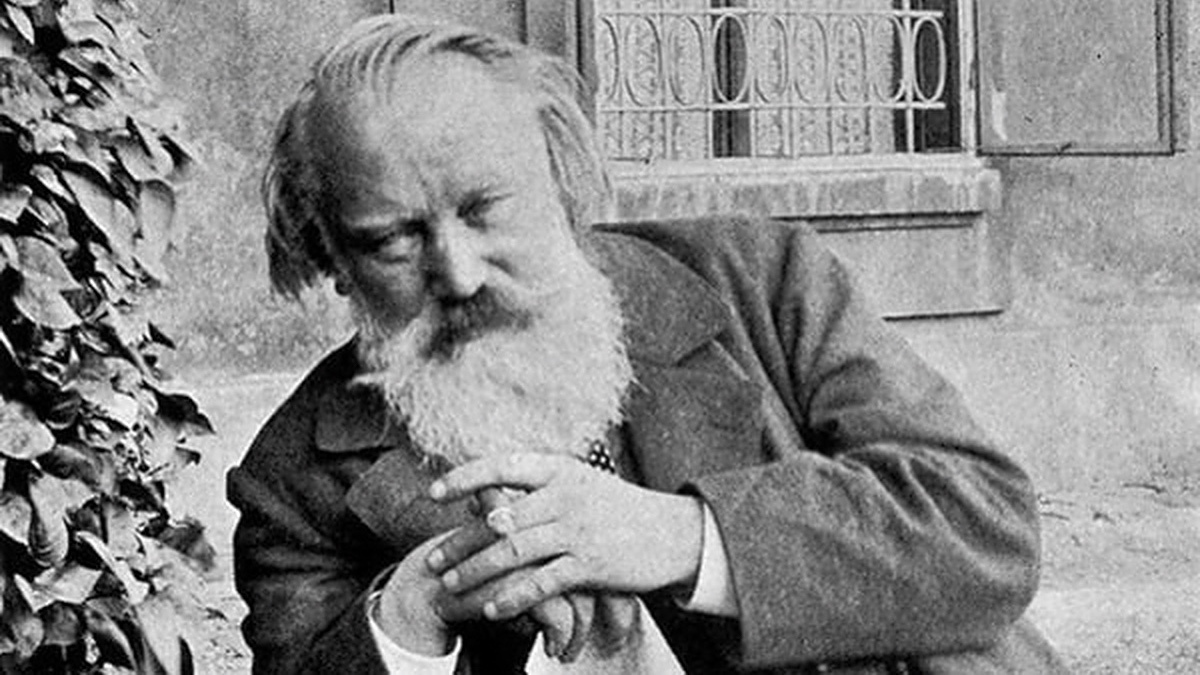Remembering Lars Vogt
Lars Vogt, the renowned German pianist and conductor, passed away on Monday, September 5. He was 51. In March of 2021, Vogt was diagnosed with an aggressive cancer in his throat and liver. Born in the town of Düren in the North Rhine-Westphalia region, Vogt rose to prominence after winning second prize at the 1990 Leeds International Piano Competition. He went on to perform as a soloist with the world’s greatest orchestras. He …







